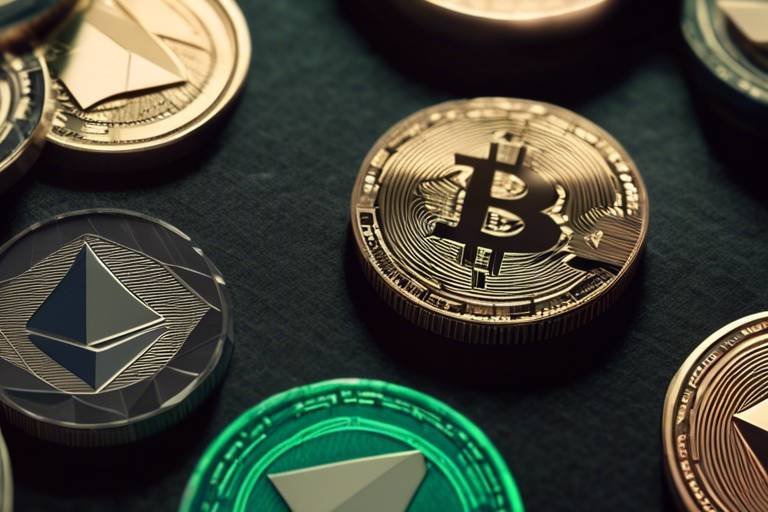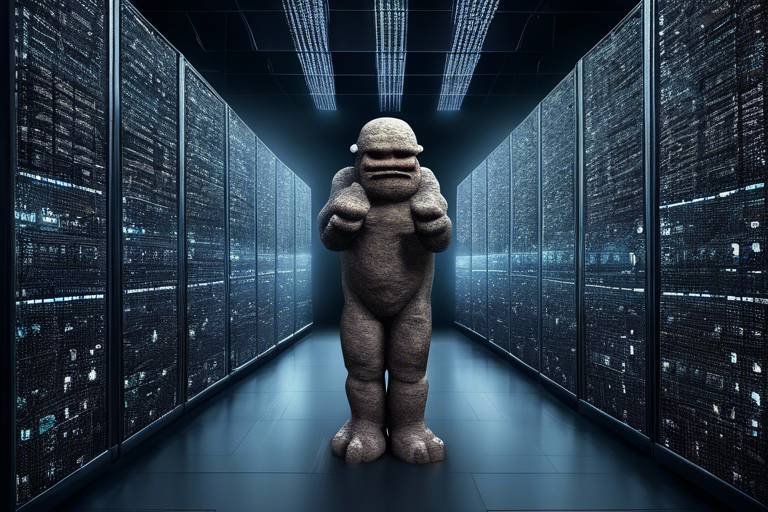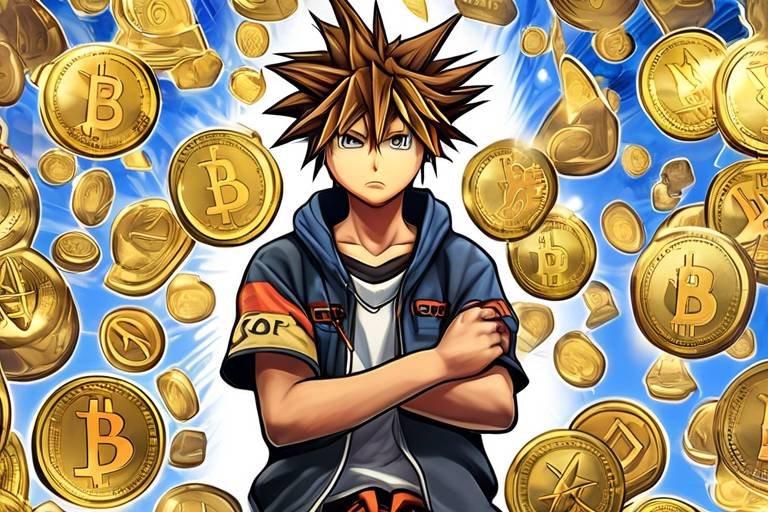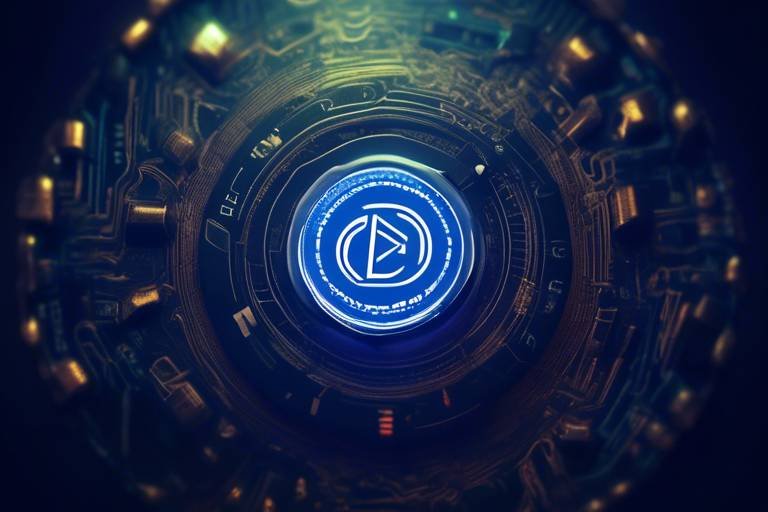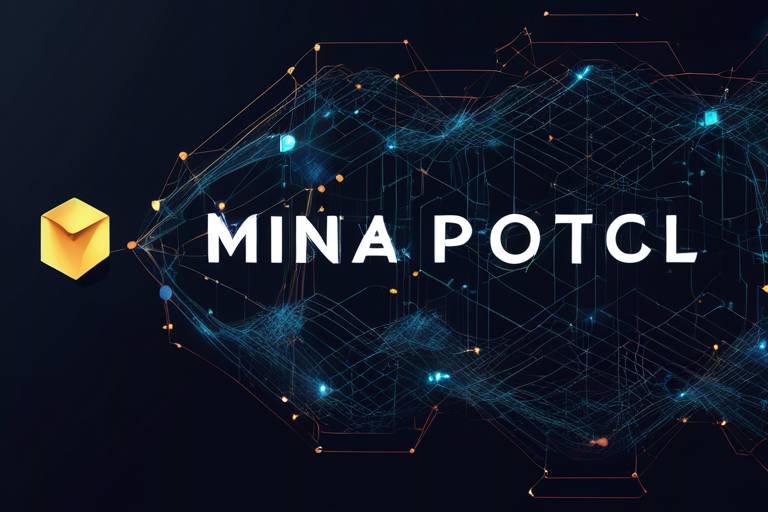ZRX - The Future of Decentralized Trading
In the ever-evolving landscape of digital finance, ZRX stands out as a beacon of innovation and promise. As we delve into the significance of ZRX within the decentralized trading ecosystem, it's essential to understand how this token is not just a currency but a vital component that enhances the way we conduct transactions in the digital economy. Imagine a world where you have complete control over your assets, free from the constraints and vulnerabilities of traditional trading platforms. That's the vision ZRX aims to fulfill.
In this article, we'll explore the rise of decentralized exchanges (DEXs), the pivotal role of the ZRX token, its underlying technology, and the challenges it faces. But what does this mean for you as a trader or investor? It means embracing a future where security, transparency, and efficiency reign supreme. Are you ready to discover how ZRX could reshape your trading experience?
The journey begins with understanding the rise of decentralized exchanges and their growing popularity. Unlike traditional exchanges that act as intermediaries, DEXs empower users by allowing them to trade directly with one another. This shift not only enhances security but also fosters a sense of community among traders. With ZRX at the forefront of this movement, we can expect to see a more democratized trading environment, where users have a say in the evolution of the platforms they use.
As we navigate through the intricacies of ZRX, we'll uncover its multifaceted utilities in trading, from facilitating transaction fees to incentivizing liquidity providers. Moreover, we'll discuss how ZRX holders can actively participate in governance decisions, shaping the future of the 0x protocol. The importance of community involvement cannot be overstated; it's what drives innovation and ensures that the protocol remains aligned with the needs of its users.
But it's not all smooth sailing. The decentralized trading landscape faces challenges, including scalability issues and regulatory hurdles. How can we overcome these obstacles? By exploring innovative solutions and fostering a collaborative environment, we can pave the way for a more robust and resilient trading ecosystem.
As we look ahead, the future of ZRX and decentralized trading appears bright. With advancements in technology and a growing user base, we are on the cusp of a new era in digital finance. Will you be part of this revolution? Join us as we delve deeper into the world of ZRX and discover its potential to transform the way we trade.
- What is ZRX? ZRX is the native token of the 0x protocol, designed to facilitate decentralized trading.
- How does ZRX enhance trading? ZRX is used for transaction fees and incentivizing liquidity providers, making trading more efficient.
- Can ZRX holders influence protocol changes? Yes, ZRX holders can participate in governance decisions, affecting future upgrades and features.
- What challenges does decentralized trading face? Key challenges include scalability issues and evolving regulatory landscapes.
- What is the future outlook for ZRX? The future looks promising as technology advances and adoption increases, positioning ZRX as a leader in decentralized trading.
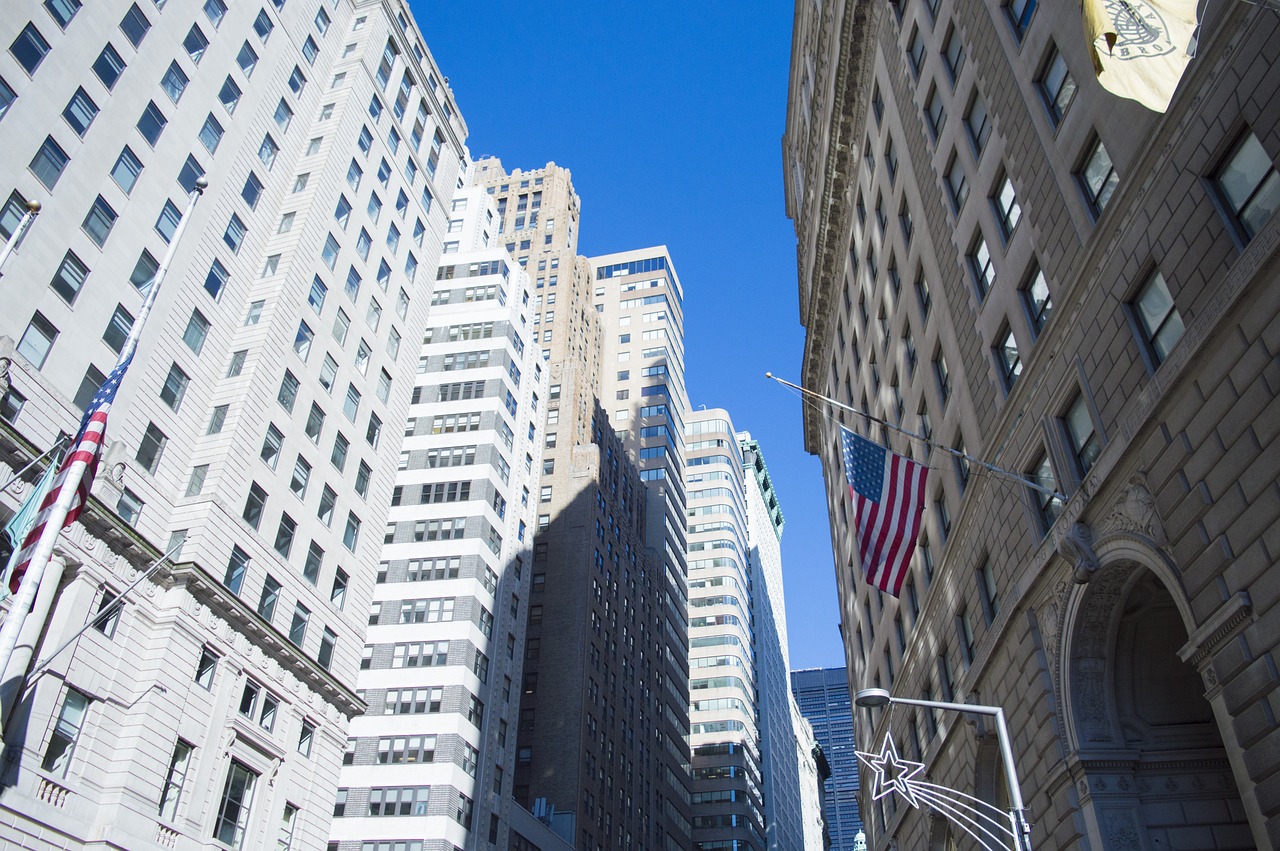
The Rise of Decentralized Exchanges
This article explores the significance of ZRX in the decentralized trading landscape, its underlying technology, and its potential to reshape the way we conduct transactions in the digital economy.
Decentralized exchanges (DEXs) are not just a trend; they are a revolution in the trading world, providing users with a level of control and security that centralized exchanges simply cannot match. Imagine being able to trade cryptocurrencies without having to trust a third party to hold your funds. This is the essence of DEXs, and it's why they are rapidly gaining traction among traders. The evolution of DEXs has been remarkable, starting from simple peer-to-peer trading platforms to sophisticated systems that leverage blockchain technology for seamless transactions.
In the early days of cryptocurrency, trading was primarily done on centralized exchanges, where users had to deposit their funds and trust the exchange to manage their assets. However, as the crypto landscape matured, traders began to realize the risks associated with these platforms, including hacks, fraud, and regulatory issues. This realization sparked a demand for alternatives, leading to the birth of decentralized exchanges. DEXs allow users to trade directly from their wallets, eliminating the need for intermediaries and reducing the risks associated with custodial services.
The growing popularity of DEXs can be attributed to several key factors:
- Enhanced Security: With DEXs, users retain full control of their private keys, significantly reducing the risk of hacks or theft.
- Privacy: Many DEXs do not require users to undergo extensive KYC (Know Your Customer) processes, allowing for greater anonymity.
- Global Access: DEXs can be accessed from anywhere in the world, breaking down geographical barriers and enabling users to trade freely.
- Lower Fees: Trading fees on DEXs are often lower than those on centralized platforms, making them more attractive for frequent traders.
Moreover, the technological advancements behind DEXs have played a crucial role in their rise. Innovations such as automated market makers (AMMs) and liquidity pools have made it easier for users to trade without relying on traditional order books. These features not only enhance liquidity but also create a more dynamic trading environment. As DEXs continue to evolve, we can expect to see even more innovative features that cater to the diverse needs of traders.
However, it’s essential to recognize that decentralized exchanges are not without their challenges. Issues such as liquidity, scalability, and user experience still need to be addressed to ensure that DEXs can compete effectively with their centralized counterparts. As the ecosystem matures, developers are actively working on solutions to these challenges, paving the way for a more robust decentralized trading environment.
In summary, the rise of decentralized exchanges marks a significant shift in the trading landscape, driven by a desire for greater control, security, and innovation. As more traders discover the benefits of DEXs, we can expect this trend to continue, ultimately reshaping the future of trading in the digital economy.
Q: What are decentralized exchanges?
A: Decentralized exchanges (DEXs) are platforms that allow users to trade cryptocurrencies directly with one another without the need for a central authority or intermediary.
Q: How do DEXs enhance security?
A: DEXs enhance security by allowing users to retain control of their private keys, reducing the risk of hacks and theft associated with centralized exchanges.
Q: Are DEXs more anonymous than centralized exchanges?
A: Yes, many DEXs do not require extensive KYC procedures, allowing for greater privacy and anonymity for users.
Q: What challenges do DEXs face?
A: DEXs face challenges such as liquidity, scalability, and user experience, which developers are actively working to improve.

ZRX Token Overview
The ZRX token is more than just a digital asset; it is the lifeblood of the 0x protocol, which aims to revolutionize the way we trade cryptocurrencies. Imagine a world where trading is as seamless as sending an email—this is precisely what ZRX aims to achieve. By providing a decentralized trading infrastructure, ZRX allows users to engage in transactions without the need for a centralized authority. This not only enhances security but also empowers users with greater control over their assets.
At its core, the ZRX token facilitates transactions within the 0x ecosystem. It serves multiple purposes, including paying for transaction fees and incentivizing liquidity providers. This dual functionality makes ZRX an integral part of the decentralized trading landscape. When users trade on platforms that utilize the 0x protocol, they can use ZRX to cover their transaction costs, ensuring that trading remains accessible and cost-effective.
Furthermore, ZRX tokens are not just passive assets; they actively contribute to governance within the 0x protocol. Holders of ZRX tokens have the power to vote on proposals that affect the protocol's future, such as upgrades and changes to the underlying technology. This participatory model fosters a sense of community and encourages users to engage with the platform on a deeper level. It’s like being part of a cooperative where every voice matters, making the governance process not only democratic but also transparent.
In addition to governance, ZRX plays a crucial role in liquidity provision. Liquidity is essential for any trading platform to function effectively, and ZRX incentivizes liquidity providers through various mechanisms. When users supply liquidity to the market, they can earn ZRX tokens as rewards, creating a win-win situation for both the platform and its participants. This incentivization model helps ensure that there are always enough assets available for trading, leading to a smoother and more efficient trading experience.
To summarize, the ZRX token is a multifaceted asset within the 0x ecosystem, offering unique features that enhance the decentralized trading experience. Its roles in transaction facilitation, governance, and liquidity incentivization make it a cornerstone of the 0x protocol. As more users flock to decentralized exchanges, the significance of ZRX will only continue to grow, solidifying its position as a key player in the future of digital trading.
In the following sections, we will delve deeper into the technological innovations that underpin ZRX and explore the challenges facing decentralized trading. Stay tuned!
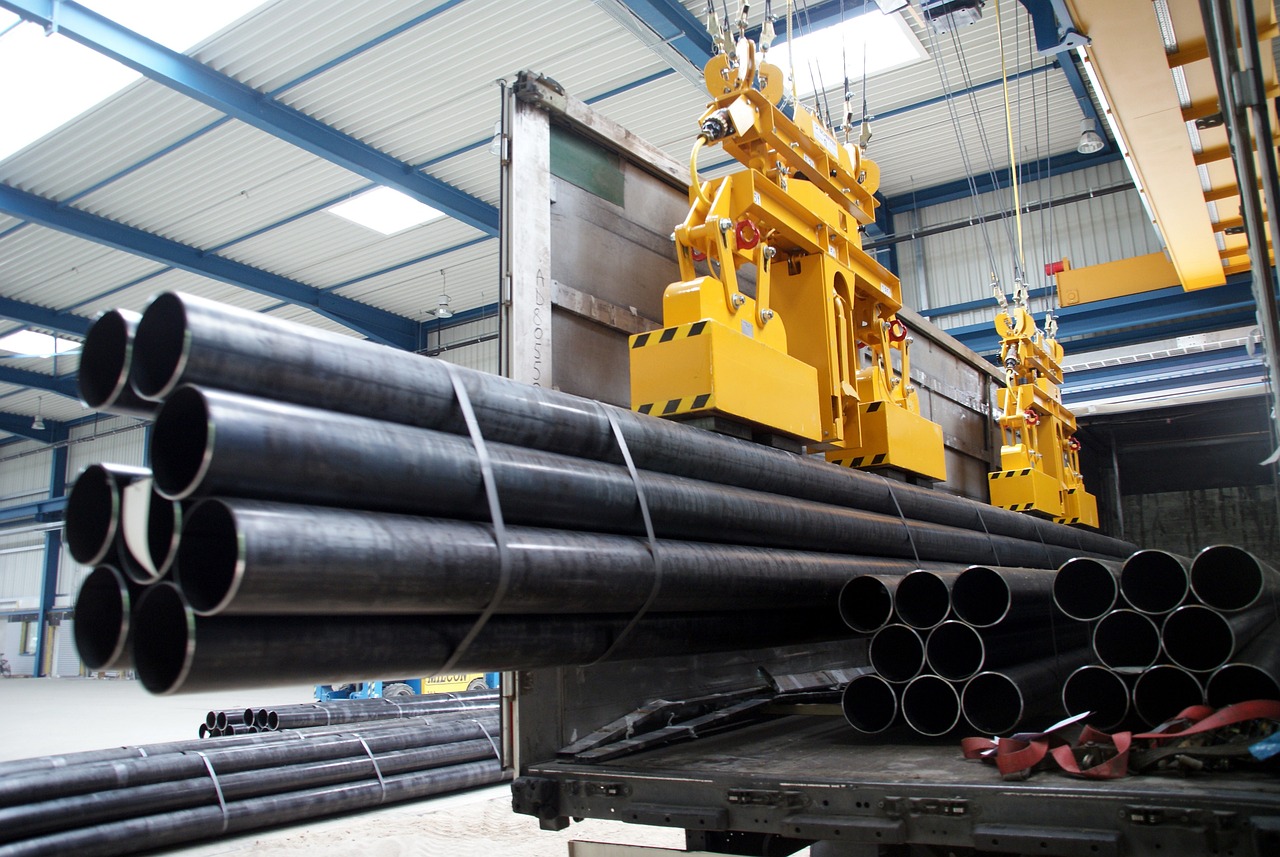
Utility of ZRX in Trading
The ZRX token serves as the lifeblood of the 0x protocol, playing a pivotal role in the decentralized trading ecosystem. Its utility extends beyond mere transactions, encompassing various functions that enhance the trading experience for users. First and foremost, ZRX tokens are utilized to pay for transaction fees on decentralized exchanges (DEXs). This means that whenever a trader executes a swap or trade, they are required to use ZRX to settle the transaction, making it an integral part of the trading process.
Moreover, ZRX tokens incentivize liquidity providers, who are essential for ensuring that trades can be executed smoothly without significant delays. By holding ZRX, liquidity providers can earn rewards, which not only encourages them to contribute to the liquidity pools but also stabilizes the market. This creates a win-win situation: traders enjoy faster transactions and better prices, while liquidity providers receive compensation for their contributions.
Another fascinating aspect of ZRX's utility is its role in governance. ZRX holders have the power to participate in the decision-making process regarding protocol upgrades and changes. This democratic approach ensures that the community has a voice in the evolution of the 0x protocol, fostering a sense of ownership and responsibility. The governance model is designed to be inclusive, allowing anyone with ZRX tokens to propose and vote on changes, which can lead to innovative solutions and enhancements.
In addition to these core utilities, ZRX also plays a significant part in enhancing user experience on trading platforms. For instance, some platforms offer discounts on trading fees for users who hold a certain amount of ZRX. This incentivizes traders to engage more actively on the platform, ultimately driving higher trading volumes and benefiting the entire ecosystem.
To summarize, the utility of ZRX in trading can be categorized into several key functions:
- Transaction Fees: Essential for executing trades on DEXs.
- Liquidity Provider Incentives: Rewards for those who contribute to liquidity pools.
- Governance Participation: A voice in protocol decisions for ZRX holders.
- User Discounts: Reduced fees for traders holding ZRX.
As the decentralized trading landscape continues to evolve, the importance of ZRX will only grow. Its multifaceted utility not only supports the operational aspects of trading but also ensures a vibrant and engaged community, paving the way for a robust decentralized trading future.
1. What is ZRX?
ZRX is the native token of the 0x protocol, designed to facilitate transactions and governance within decentralized exchanges.
2. How can I use ZRX?
You can use ZRX to pay for transaction fees, incentivize liquidity providers, and participate in governance decisions.
3. Why is liquidity important in trading?
Liquidity ensures that trades can be executed quickly and at stable prices, which is essential for a smooth trading experience.
4. Can anyone participate in governance?
Yes, anyone who holds ZRX tokens can propose and vote on changes to the protocol.
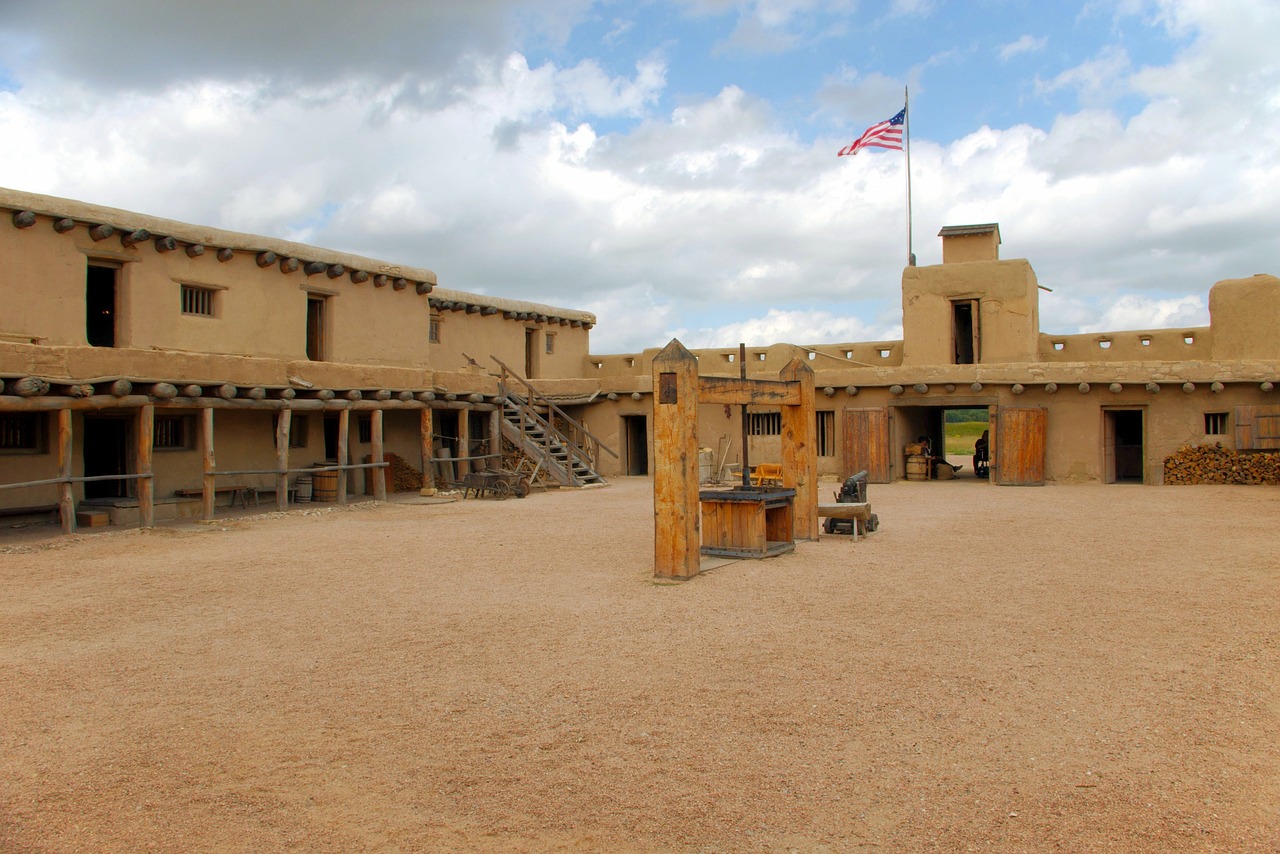
Governance Mechanisms
The governance mechanisms of the ZRX token are a fascinating aspect that empowers the community and ensures the evolution of the 0x protocol. Imagine being part of a democratic system where every voice matters, and every vote can shape the future of a decentralized platform. That’s exactly what ZRX holders experience. By holding ZRX tokens, users gain the ability to participate in key decisions regarding protocol upgrades, improvements, and changes that affect the entire ecosystem.
One of the standout features of ZRX governance is its emphasis on community involvement. This isn’t just about trading; it’s about creating a collective vision for the future of decentralized exchanges. With each proposal that arises, ZRX holders can vote to approve or reject changes, reflecting their preferences and priorities. This mechanism not only fosters a sense of ownership but also aligns the interests of the community with the protocol’s growth.
To put it simply, governance in the 0x protocol can be likened to a town hall meeting where residents (or in this case, token holders) gather to discuss the direction of their community. The more engaged the community is, the better the outcomes tend to be. Here’s how the governance process typically works:
- Proposal Submission: Any ZRX holder can submit a proposal for changes or improvements to the protocol.
- Voting Period: Once a proposal is submitted, a voting period is established during which all ZRX holders can cast their votes.
- Implementation: If a proposal receives enough support, it is implemented, bringing the community’s vision to life.
This participatory approach not only enhances the protocol's adaptability but also builds trust among users. When the community feels heard and valued, they are more likely to engage actively, leading to a vibrant ecosystem where innovation thrives. Furthermore, as the decentralized finance (DeFi) space continues to evolve, the governance mechanisms of ZRX will play a crucial role in maintaining its relevance and effectiveness.
In conclusion, the governance mechanisms associated with ZRX tokens are not just a feature; they are a fundamental pillar of the 0x protocol. By enabling token holders to influence decisions, the protocol fosters a collaborative environment that encourages growth, innovation, and community engagement. As we look to the future, the importance of these governance structures will only increase, making ZRX not just a token for trading, but a tool for empowerment in the decentralized economy.
- What is the role of ZRX in governance? ZRX holders can vote on proposals that affect the protocol, ensuring community involvement in its development.
- How can I participate in governance? You need to hold ZRX tokens to participate in voting on proposals.
- What types of proposals can be submitted? Proposals can range from protocol upgrades to changes in fee structures or liquidity incentives.
- Why is governance important in decentralized finance? Governance ensures that the community has a say in the direction of the protocol, fostering trust and collaboration.
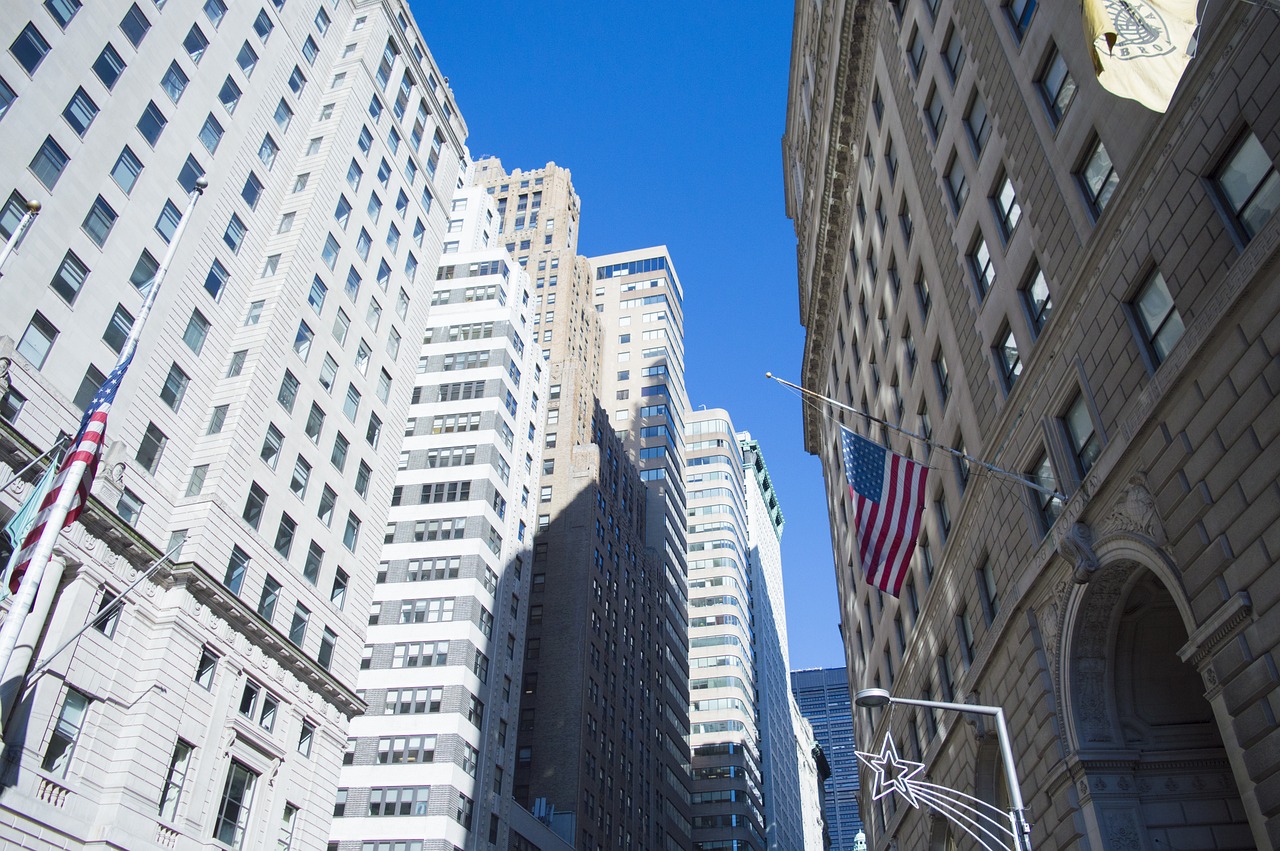
Liquidity Incentives
In the bustling world of decentralized trading, liquidity is akin to the lifeblood of a market. Without it, trading platforms can become stagnant, leading to poor user experiences and diminished trust. This is where the ZRX token shines, acting as a beacon for liquidity providers. By offering substantial incentives, ZRX not only attracts liquidity but also ensures that traders can execute their orders swiftly and efficiently.
So, how exactly does ZRX incentivize liquidity? Well, it’s a multi-faceted approach that combines rewards and governance. Liquidity providers earn ZRX tokens as compensation for contributing their assets to the trading pools. This reward system is designed to encourage more users to participate, creating a thriving ecosystem where supply meets demand. The more liquidity a provider contributes, the more ZRX they can earn, making it a win-win situation for both parties.
Moreover, the ZRX protocol employs a unique mechanism that allows liquidity providers to earn a share of the trading fees generated by the platform. This means that as trading volume increases, so does the potential for earning. It's like having your cake and eating it too! By aligning the interests of liquidity providers with the overall health of the platform, ZRX fosters an environment where everyone benefits from increased trading activity.
Let's break down the incentives offered to liquidity providers:
- Trading Fee Rewards: Liquidity providers receive a portion of the fees collected from trades executed on the platform, encouraging them to keep their assets available for trading.
- ZRX Token Rewards: By holding and staking ZRX tokens, liquidity providers can earn additional tokens, enhancing their potential returns.
- Governance Participation: Liquidity providers have a voice in the protocol's evolution, allowing them to influence decisions that may impact their investments.
This innovative approach not only enhances liquidity but also creates a sense of community among users. As liquidity providers actively participate in governance, they become stakeholders in the platform's success, fostering a collaborative environment. The more engaged the community, the more robust the trading ecosystem becomes, leading to a positive feedback loop that benefits all participants.
In conclusion, ZRX's liquidity incentives are pivotal in transforming decentralized trading into a vibrant and dynamic marketplace. By rewarding liquidity providers and allowing them to have a say in the platform's future, ZRX is setting the stage for a more inclusive and efficient trading experience. As we move forward, the importance of these incentives will only grow, making it essential for traders and investors alike to understand their role in the ever-evolving landscape of decentralized finance.
Q1: What are liquidity incentives in decentralized trading?
A1: Liquidity incentives are rewards offered to users who provide liquidity to trading platforms. These can include earning a share of trading fees and receiving tokens for their contributions.
Q2: How do I become a liquidity provider?
A2: To become a liquidity provider, you typically need to deposit assets into a liquidity pool on a decentralized exchange. In return, you will earn incentives based on your contribution.
Q3: What is the role of ZRX tokens in liquidity provision?
A3: ZRX tokens are used to reward liquidity providers and allow them to participate in governance decisions that affect the protocol, creating a more engaged community.
Q4: Can I lose money by providing liquidity?
A4: Yes, providing liquidity carries risks, such as impermanent loss. It's essential to understand these risks before participating in liquidity provision.
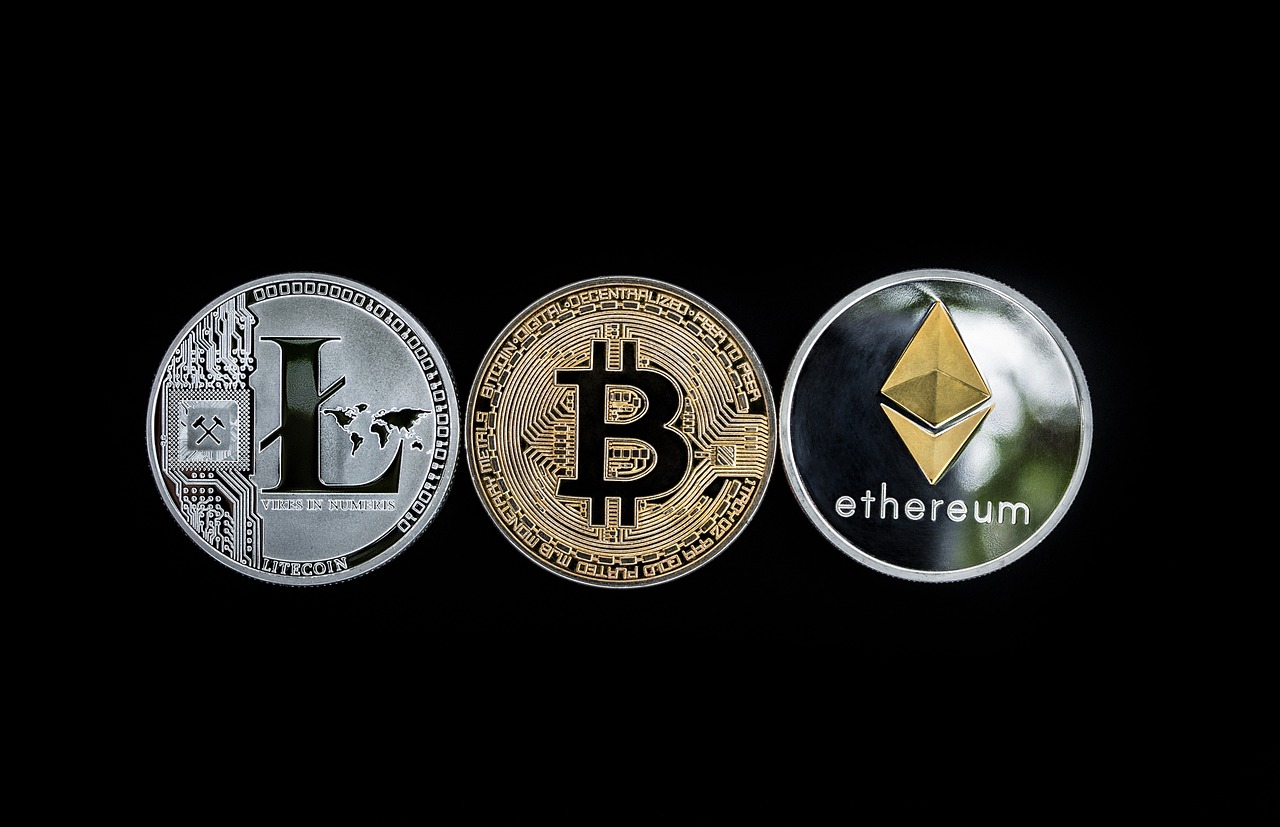
Technological Innovations Behind ZRX
The world of decentralized trading is not just about trading assets; it's about leveraging cutting-edge technology to create a seamless, secure, and efficient trading experience. At the heart of the ZRX ecosystem lies the 0x protocol, which is designed to facilitate peer-to-peer trading of tokens on the Ethereum blockchain. This protocol introduces several technological innovations that set it apart from traditional exchanges and even other decentralized exchanges (DEXs).
One of the standout features of the 0x protocol is its use of off-chain order relay combined with on-chain settlement. This unique architecture allows users to post and match orders off-chain, which significantly reduces the congestion on the Ethereum network. As a result, traders can enjoy lower transaction costs and faster execution times. Imagine being able to place your trades without worrying about the network being slow or congested—this is what 0x aims to achieve.
Furthermore, the protocol employs a mechanism known as order matching, which allows for more flexibility in trading. Unlike traditional exchanges that require all trades to be executed directly on the platform, 0x enables users to create and fill orders at their convenience. This means traders can set their own terms without being bound by the constraints of a centralized exchange. For instance, you can think of it as setting up a meeting at your favorite coffee shop rather than being forced to meet in a crowded office. This flexibility is crucial for enhancing user experience and satisfaction.
Another significant innovation is the smart contract architecture that 0x employs. Smart contracts are self-executing contracts with the terms of the agreement directly written into code. This technology ensures that trades are executed automatically when conditions are met, eliminating the need for intermediaries. This not only enhances security but also builds trust among users, as the code is transparent and immutable. With smart contracts, you can rest assured that your trade will go through as planned, without the risk of human error or manipulation.
Moreover, the 0x protocol is designed to be modular and extensible. This means that developers can easily integrate new features and functionalities into the protocol, allowing it to adapt to the ever-changing landscape of decentralized finance (DeFi). Whether it's incorporating new tokens or implementing advanced trading features, the modular nature of 0x ensures that it remains relevant and competitive in the market. Think of it as a smartphone that can constantly update its software to include the latest apps and features—this adaptability is essential for long-term success.
Lastly, the protocol supports a variety of token standards, including ERC20 and ERC721, which broadens the range of assets that can be traded. This inclusivity not only attracts a diverse user base but also fosters a vibrant trading community. By allowing various types of tokens to be traded on its platform, ZRX positions itself as a versatile player in the decentralized trading arena. Users can explore a plethora of assets, much like a kid in a candy store, where every token presents a new opportunity.
In summary, the technological innovations behind ZRX are pivotal in shaping the future of decentralized trading. With its unique blend of off-chain order relay, smart contract automation, modular design, and support for multiple token standards, ZRX is paving the way for a more efficient and user-friendly trading experience. As the digital economy continues to evolve, these innovations will play a crucial role in how we conduct transactions and manage our digital assets.
- What is ZRX? ZRX is the native token of the 0x protocol, which facilitates decentralized trading on the Ethereum blockchain.
- How does the 0x protocol work? The 0x protocol allows users to create and fill orders off-chain while ensuring secure on-chain settlement.
- What are the benefits of using ZRX? ZRX provides lower transaction fees, faster execution times, and the ability to participate in governance decisions.
- Can I trade any token using 0x? Yes, the 0x protocol supports various token standards, including ERC20 and ERC721.

Challenges Facing Decentralized Trading
As the world of digital trading evolves, decentralized exchanges (DEXs) have emerged as a beacon of hope, promising greater control and security for users. However, like any revolutionary technology, decentralized trading isn't without its hurdles. One of the primary challenges is **scalability**. Imagine a bustling marketplace where every vendor has their own unique offerings, but the foot traffic is so overwhelming that customers can’t get in. This is akin to what DEXs face today; as more users flock to these platforms, the infrastructure must be robust enough to handle the increased load without sacrificing speed or efficiency.
Another significant challenge is the **regulatory landscape**. As governments around the world scramble to catch up with the rapid advancements in blockchain technology, the rules governing decentralized trading remain murky. This uncertainty can deter potential users and investors who are wary of potential legal repercussions. For instance, a trader might hesitate to engage with a platform if they are unsure about the legality of their actions or the safety of their assets. It's like walking through a foggy path; you might want to reach your destination, but the fear of stumbling keeps you hesitant.
In addition to scalability and regulation, there’s also the issue of **user experience**. While DEXs offer numerous advantages, they can often be more complex to navigate than their centralized counterparts. New users may find themselves overwhelmed by the technical jargon and processes involved in trading on a DEX. For instance, the need to manage private keys and understand gas fees can be daunting. If the user experience is not intuitive, it can lead to frustration and ultimately drive users away. This is where education and user-friendly interfaces come into play, bridging the gap between complex technology and everyday users.
Moreover, **security** remains a pressing concern. Although decentralized exchanges are designed to minimize risks associated with centralized systems, they are not immune to hacks and vulnerabilities. The decentralized nature of these platforms can sometimes lead to a false sense of security among users. It's crucial for traders to remain vigilant and informed about the potential risks. A well-known example is the infamous DAO hack, which highlighted the vulnerabilities within smart contracts and the importance of robust security measures.
To sum up, while decentralized trading is paving the way for a more inclusive and secure trading environment, it faces several challenges that must be addressed. The future of decentralized exchanges hinges on finding effective solutions to these issues, ensuring a seamless and secure experience for all users. As we look forward, it’s essential for the community to remain proactive in tackling these challenges head-on, fostering an ecosystem that can thrive in the digital economy.
- What is decentralized trading? Decentralized trading refers to the process of buying and selling assets on platforms that operate without a central authority, allowing users to maintain control over their funds.
- What challenges do decentralized exchanges face? Key challenges include scalability, regulatory uncertainty, user experience, and security vulnerabilities.
- How can scalability issues be addressed? Solutions may include Layer 2 scaling solutions, sharding, and optimizing smart contracts to handle more transactions efficiently.
- Why is regulation important for decentralized trading? Regulation can provide clarity and security for users, helping to foster trust and encourage broader adoption of decentralized exchanges.
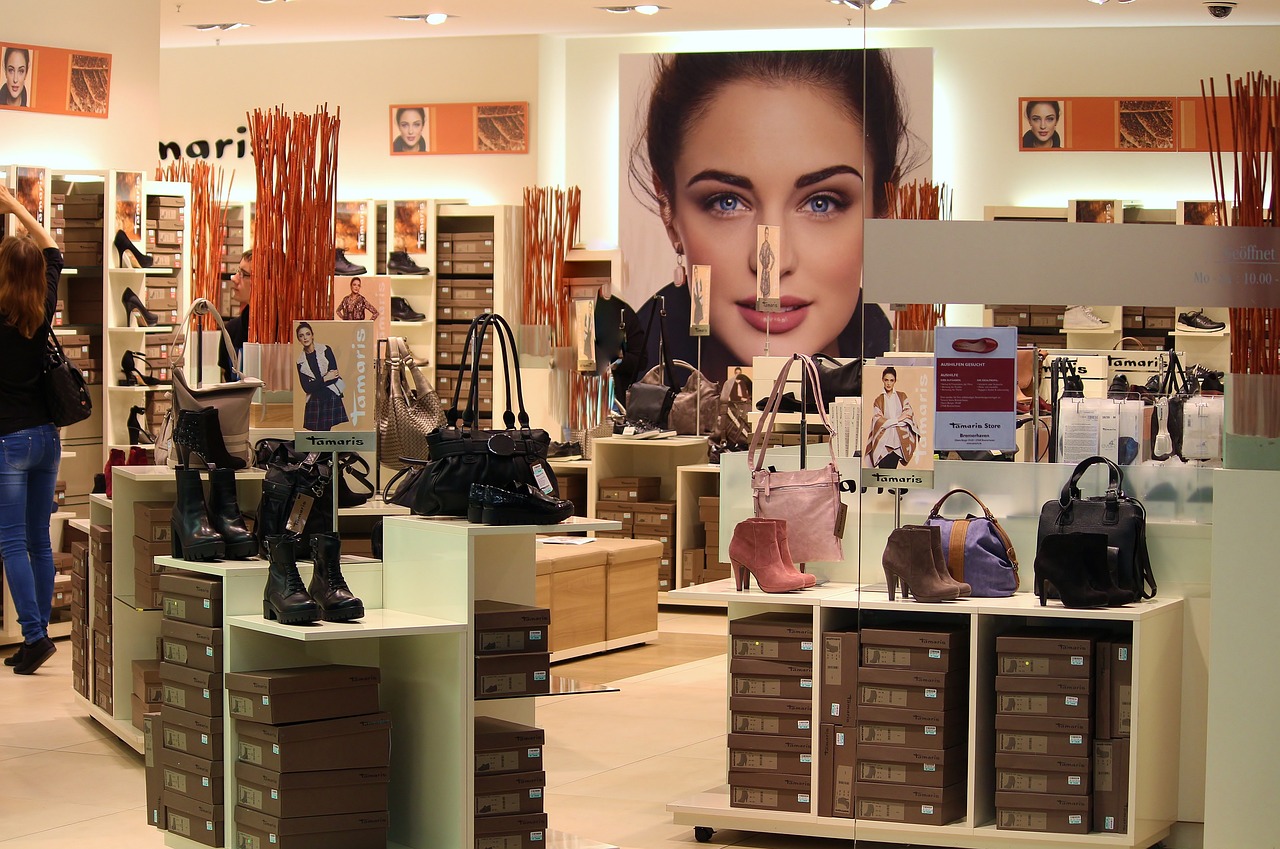
Scalability Solutions
When we talk about decentralized exchanges (DEXs), one of the biggest hurdles they face is scalability. Imagine trying to serve a massive crowd at a small café; the demand can easily overwhelm the available resources, leading to long wait times and frustrated customers. In the world of DEXs, this translates to slow transaction speeds and high fees during peak times. So, what are the solutions being explored to enhance scalability in decentralized trading? Let's dive into some of the most promising strategies that could pave the way for a smoother trading experience.
One of the most talked-about solutions is the implementation of Layer 2 scaling solutions. These technologies operate on top of the existing blockchain infrastructure, allowing for faster transactions without overloading the main chain. Examples include:
- Rollups: These bundle multiple transactions into a single one, significantly reducing the load on the main chain.
- State Channels: They allow users to conduct transactions off-chain, only settling on the main chain when necessary, which minimizes congestion.
- Sidechains: These are separate blockchains that run in parallel to the main chain, offering additional processing power and flexibility.
Another exciting avenue is the development of sharding, which divides the blockchain into smaller, more manageable pieces called shards. Each shard can process its transactions and smart contracts, drastically improving throughput. Think of it as a multi-lane highway where each lane can handle its traffic, making the entire system more efficient.
Moreover, advancements in cross-chain compatibility are gaining traction. This allows different blockchains to communicate and share information seamlessly, enabling users to trade assets across various platforms without bottlenecks. Imagine being able to hop from one highway to another without any slowdowns — that’s the kind of fluidity cross-chain solutions aim to provide.
Lastly, the community is exploring optimistic rollups and zk-rollups, both of which are innovative techniques that could revolutionize how transactions are processed. Optimistic rollups assume that transactions are valid by default, only checking them if there’s a dispute, while zk-rollups use cryptographic proofs to verify transactions instantly. These methods can significantly reduce the time and cost associated with trades, making decentralized exchanges much more user-friendly.
In summary, scalability is a critical challenge for decentralized trading platforms, but various solutions are emerging to tackle the issue head-on. From Layer 2 solutions to cross-chain compatibility and innovative rollup technologies, the future looks bright for DEXs. As these solutions are implemented, we can expect a more robust, efficient, and user-friendly trading environment that could potentially reshape the entire digital economy.
- What is scalability in decentralized trading? Scalability refers to the ability of a trading platform to handle a growing number of transactions without compromising performance.
- How do Layer 2 solutions improve scalability? Layer 2 solutions process transactions off the main blockchain, reducing congestion and allowing for faster transactions.
- What are rollups? Rollups are a way to bundle multiple transactions into one, minimizing the load on the main blockchain and enhancing efficiency.
- What is sharding? Sharding is a method that divides the blockchain into smaller pieces, enabling each part to process its transactions independently, thus improving overall throughput.

Regulatory Landscape
The regulatory landscape surrounding decentralized trading, particularly with platforms utilizing the ZRX token, is as dynamic as the technology itself. As decentralized exchanges (DEXs) gain traction, regulators worldwide are scrambling to understand and adapt to this innovative financial ecosystem. The challenge lies in balancing the need for consumer protection and financial integrity with the core principles of decentralization that define blockchain technology.
One of the primary concerns for regulators is the potential for money laundering and fraud. Traditional financial systems have established frameworks to combat these issues, but DEXs operate without centralized control, making it harder to enforce such regulations. As a result, many governments are considering implementing Know Your Customer (KYC) and Anti-Money Laundering (AML) regulations specifically tailored for decentralized platforms.
In addition to these concerns, there is also the issue of taxation. The decentralized nature of trading on platforms like 0x complicates how transactions are reported and taxed. For instance, if a user trades tokens on a DEX, determining the tax implications can be challenging without a centralized authority to track these transactions. This uncertainty can deter users from fully engaging with decentralized platforms, stifling their growth and adoption.
Moreover, the regulatory environment is not uniform across the globe. Different countries are taking varied approaches to DEX regulation. For instance, while some jurisdictions are embracing the technology and creating favorable policies to stimulate innovation, others are imposing strict regulations that could hinder the growth of decentralized trading. The following table summarizes the regulatory stance of several key regions:
| Region | Regulatory Approach |
|---|---|
| United States | Mixed; some states have clear regulations while others are still developing frameworks. |
| European Union | Proactive; working on comprehensive regulations for cryptocurrencies and DEXs. |
| China | Restrictive; has banned most cryptocurrency trading activities. |
| Japan | Supportive; has established a regulatory framework for cryptocurrencies. |
As the regulatory landscape continues to evolve, it is crucial for projects like 0x and its ZRX token to stay ahead of the curve. Engaging with regulators and participating in discussions about how to create a balanced regulatory framework can help foster a more favorable environment for decentralized trading. Ultimately, the goal should be to protect users while allowing innovation to flourish.
In conclusion, the regulatory landscape for decentralized trading is complex and ever-changing. While challenges exist, there is also significant potential for growth and innovation. By addressing regulatory concerns proactively, the ZRX community can help shape a future where decentralized trading thrives in a compliant and secure manner.
- What is the ZRX token? The ZRX token is the native cryptocurrency of the 0x protocol, facilitating transactions and governance within the decentralized trading ecosystem.
- How does regulation affect decentralized exchanges? Regulatory frameworks can impact the operation of decentralized exchanges by imposing requirements like KYC and AML, which can affect user engagement and platform functionality.
- What are the benefits of decentralized trading? Decentralized trading offers increased security, user control, and the potential for lower fees compared to traditional exchanges.
- Is ZRX a good investment? As with any investment, it’s essential to conduct thorough research and consider market conditions before investing in ZRX or any cryptocurrency.
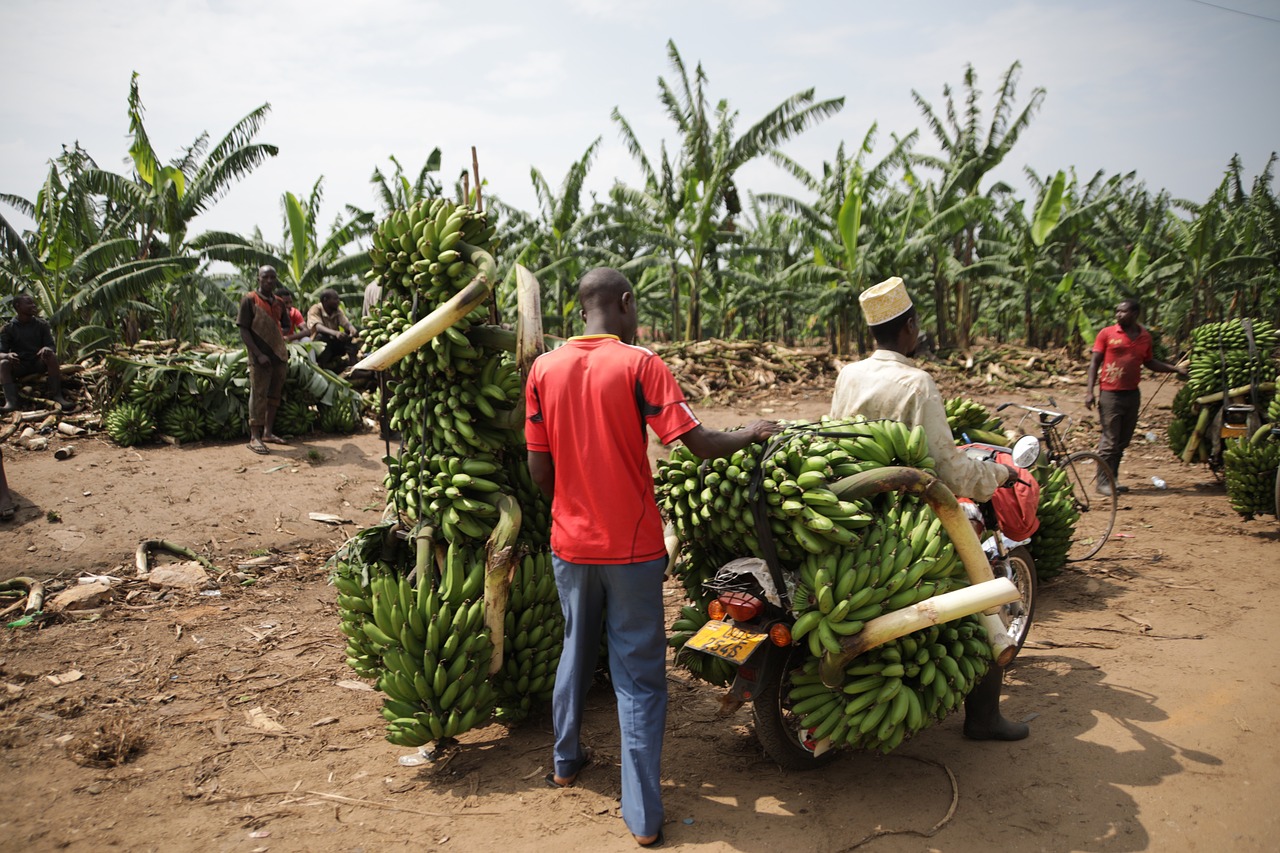
Future Outlook for ZRX
The future of ZRX and decentralized trading is not just bright; it's positively dazzling! As we edge closer to a more digital economy, the significance of ZRX in facilitating seamless, secure, and efficient transactions becomes increasingly apparent. With the ongoing advancements in blockchain technology and the growing acceptance of decentralized finance (DeFi), we can expect ZRX to play a pivotal role in shaping the landscape of trading. Imagine a world where trading is as easy as sending a text message—this is the vision that ZRX is helping to bring to life.
One of the most exciting aspects of ZRX's future is its potential for mass adoption. As more traders and investors become aware of the benefits of decentralized exchanges, the demand for ZRX is likely to surge. This increasing popularity can be attributed to several factors, including enhanced security, reduced transaction fees, and the ability to maintain control over one's assets. In fact, a recent survey indicated that over 70% of traders are considering switching to DEXs for their trading needs, and ZRX is poised to be a frontrunner in this transition.
Moreover, the evolution of decentralized finance is set to create new opportunities for ZRX. As DeFi platforms continue to innovate, we can expect the integration of ZRX into various financial products, such as lending, borrowing, and yield farming. This integration will not only enhance the utility of ZRX but also solidify its position as a cornerstone of the decentralized trading ecosystem. The potential for cross-platform collaborations is immense, and ZRX could very well be at the heart of these developments.
However, it's essential to acknowledge that the journey ahead is not without its challenges. The scalability of decentralized exchanges remains a critical issue that needs addressing. As user demand increases, the infrastructure supporting ZRX and DEXs must evolve to handle higher transaction volumes without compromising speed or efficiency. Fortunately, various solutions are already being explored, such as layer-2 scaling solutions and improvements in the underlying blockchain technology.
Furthermore, the regulatory landscape surrounding cryptocurrencies is in constant flux. While this presents challenges, it also offers opportunities for ZRX to establish itself as a compliant and trustworthy option for traders. The proactive engagement of the ZRX community with regulators can pave the way for clearer guidelines, ultimately fostering greater confidence among users. A transparent regulatory framework will not only benefit ZRX but will also enhance the overall reputation of decentralized trading.
In conclusion, the future of ZRX is filled with potential and promise. As the world embraces decentralized trading, ZRX stands ready to lead the charge. With its innovative technology, community-driven governance, and commitment to enhancing user experience, ZRX is not just a token; it's a revolution in the making. So, buckle up and get ready for an exhilarating ride into the future of trading!
- What is ZRX? ZRX is the native token of the 0x protocol, which facilitates decentralized trading on blockchain networks.
- How does ZRX support decentralized exchanges? ZRX is used for transaction fees, governance, and incentivizing liquidity providers on DEXs.
- What challenges does ZRX face? Scalability and regulatory concerns are significant challenges for ZRX and decentralized trading platforms.
- What is the future outlook for ZRX? The future looks promising with increasing adoption, technological advancements, and potential integration into various DeFi products.
Frequently Asked Questions
- What is ZRX and how does it work?
ZRX is the native token of the 0x protocol, which facilitates decentralized trading on blockchain networks. By using ZRX, traders can pay for transaction fees and participate in governance decisions, ensuring that the protocol evolves according to the community's needs.
- Why are decentralized exchanges (DEXs) gaining popularity?
DEXs are becoming increasingly popular because they provide users with greater control over their funds and transactions. Unlike centralized exchanges, DEXs allow users to trade directly from their wallets, enhancing security and privacy while reducing the risk of hacks and fraud.
- How does ZRX incentivize liquidity providers?
ZRX incentivizes liquidity providers by rewarding them with ZRX tokens for contributing to the liquidity of trading pairs. This helps create a more efficient trading environment, allowing users to execute trades quickly and at better prices.
- What governance mechanisms are in place for ZRX holders?
ZRX holders have the power to influence the development of the 0x protocol by voting on proposals for upgrades and changes. This decentralized governance model ensures that the community has a say in the future direction of the platform, fostering a sense of ownership among users.
- What challenges does decentralized trading face?
Decentralized trading faces several challenges, including scalability issues and regulatory uncertainties. As more users flock to DEXs, the need for efficient transaction processing becomes critical. Additionally, evolving regulatory frameworks can impact how DEXs operate and interact with the broader financial system.
- What are the potential scalability solutions for DEXs?
To address scalability concerns, various solutions are being explored, including layer-2 scaling solutions and cross-chain interoperability. These innovations aim to enhance transaction throughput and reduce latency, ensuring a smooth trading experience for users.
- What does the future hold for ZRX and decentralized trading?
The future looks bright for ZRX and decentralized trading as technology continues to advance and adoption increases. With ongoing improvements to the 0x protocol and the growing interest in blockchain technology, ZRX is poised to play a significant role in the digital economy.



